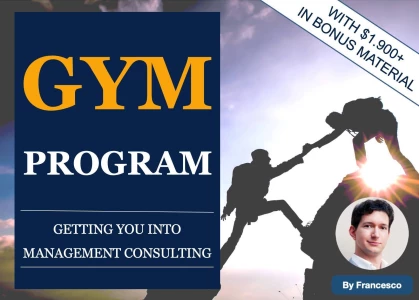Dear All
Let's say we have an BCG style open ended case e.g. the client, a fast food chain, has experienced declining profitability. I have two approaches when informing the interviewer of my planned structure:
1. State that I want to address 3 main buckets
a. The P&L (the revenue side and the cost side, the main items and their drivers);
b. The competitive landscape; and
c. Changes in consumer bahaviour.
The root cause (e.g. branding, operational, QC, menu problems etc) will then come out of the above analysis.
2. Stay strictly MECE i.e. state upfront that this is a profitability problem and therefore I want to look at the revenue side then the cost side then dig deeper.
Which of these 2 is the best approach? While I think the 2nd approach is the best I am afraid of being too similar to all other candidates and of being seen as just following a framework by rote. With the first approach I can add a bit more flavour to my answer, can display some creativity and can stand out a little more.
So which approach is best and are my justification for the 1st approach valid?
Thanks


















